The Army recently scanned 7,200 km across four states on the eastern seaboard and used artificial intelligence to find and destroy specific simulated targets in an area the size of a 10-square-foot box.
It was all part of the Army’s XVIII Airborne Corp artificial intelligence-enabled live-fire target identification exercise on Thursday that used nearly 20 platforms and units from each of the other branches.
The event was the fourth of its kind for the Scarlet Dragon program, which began in 2020.
The Corps, assisted by elements of the Navy, Air Force and Marine Corps, worked with various platforms in all domains. But a key ingredient was the National Geospatial-Intelligence Center, which provided satellite imagery for software to sift through and find targets.
Due to safety concerns with weather conditions, no steel struck any targets, but Col. Melissa Solsbury, chief data officer for the Corps, told Army Times that the event “achieved machine to machine learning at scale.”
“Since our first event we have been able to reduce the speed of moving data from sensor to shooter by nearly 50 percent,” she said.
RELATED
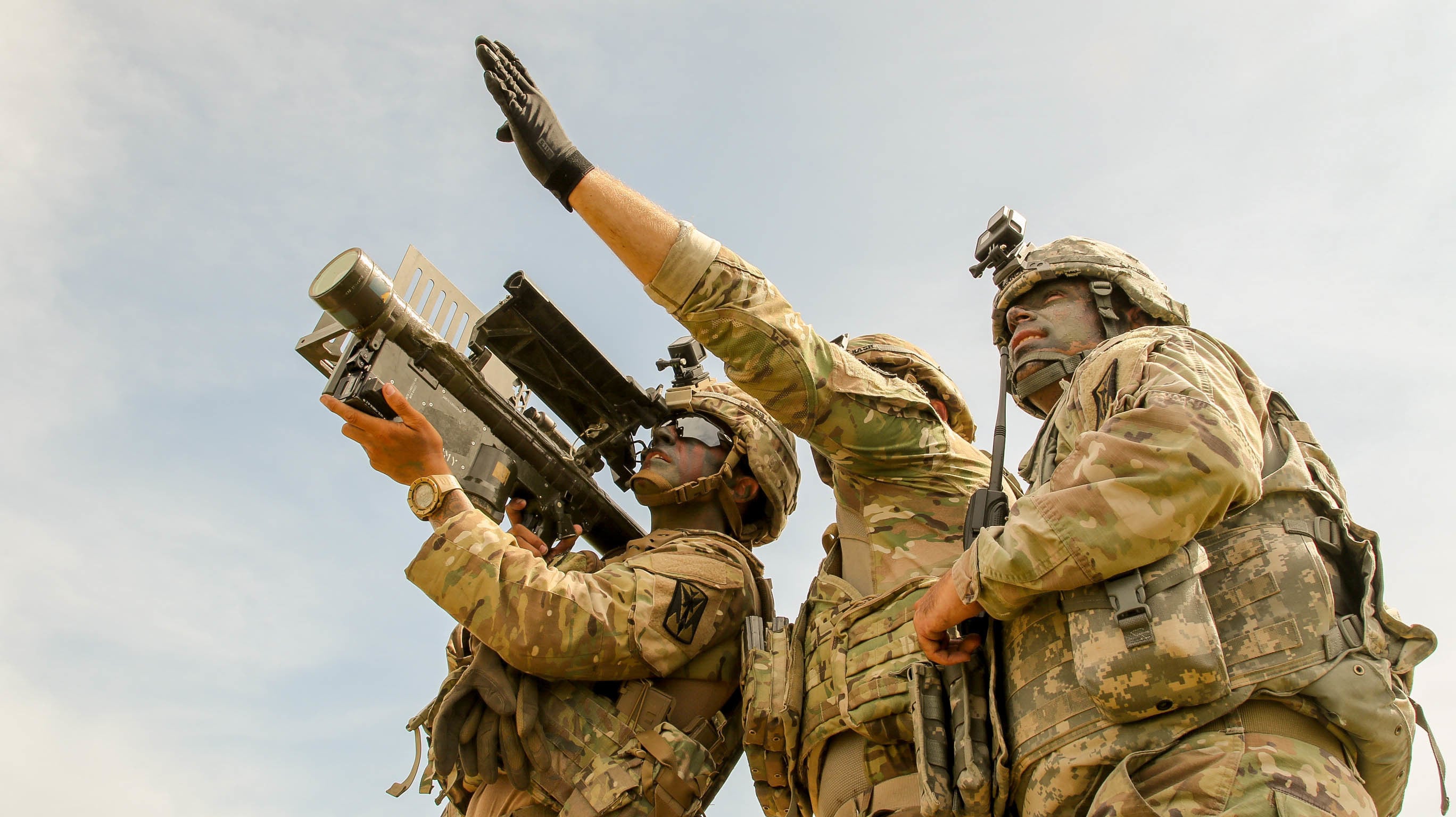
Officials did not disclose the time necessary to move data from sensor to shooter.
And maritime assets in the exercise were used for intelligence, allowing leaders to test maritime asset integration with AI algorithms on synthetic aperture radar systems, she said.
Which, essentially, gave them a chance to test out aspects of their system in inclement weather, Solsbury said.
Had steel hit target, two GBU-32 bombs would have hit on a 10-digit grid after having scanned across a plethora of potential targets along the mid-Atlantic seaboard.
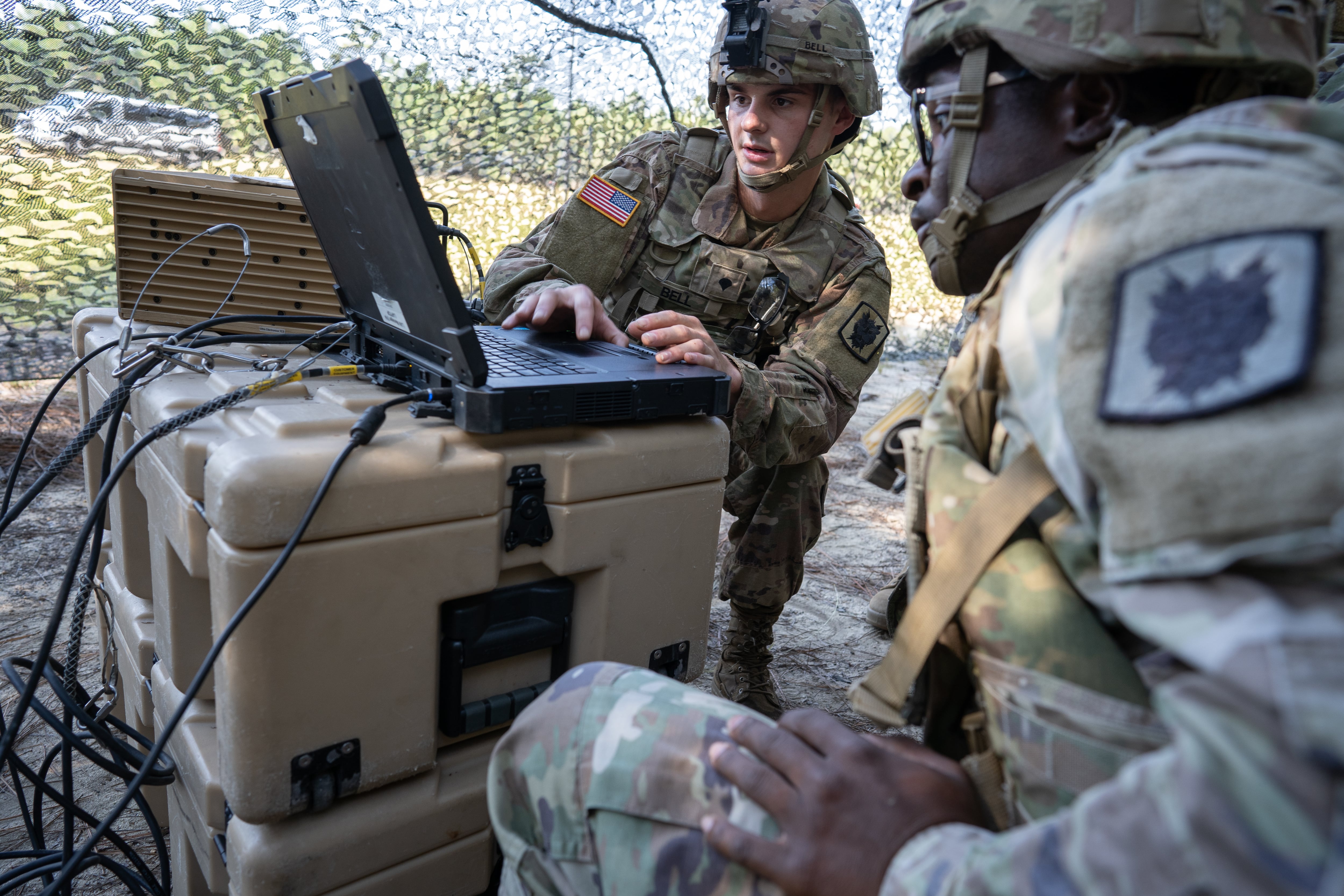
The first test-fire in December 2020 proved AI-enabled fires set up. The second, in March, worked Multi-Domain Operations tasks. While the third, in June, doubled the number of units and platforms being used and tested the Combined Joint All Domain Command and Control interoperability.
This most recent event worked through Joint All-Domain Operations with the addition of deep troves of an intelligence agency’s data.
Scarlet Dragon is using existing platforms and networks to harness that imagery so that leaders can use it to identify certain targets in a vast array of options. The software for the project comes out of the Pentagon’s Project Maven, an algorithm-based tool used to quickly process drone video for target ID and selection which started in 2017.
Thursday’s iteration worked through all steps to drop two GBU-32 bonds on range targets after scanning possible targets in a 7,200 square kilometer area stretching from Virginia to Georgia, officials said.
“The Scarlet Dragon series is designed to increase our joint warfighting capability and how AI-augmented decision making significantly increases the scale, speed and accuracy of our targeting process,” Lt. Gen. Erik Kurilla, XVIII Airborne Corps commander told Army Times.
The Corps is using today’s technology to increase that capability with other services, Kurilla said.
Some of that tech included fires support elements from II Marine Expeditionary Force, F-35s from 2nd Marine Aircraft Wing, A-10s out of 75th Fighter Squadron, F-15s with the Air Force’s 4th Fighter Wing, an E-2 C/D Hawkeye and F-18 from the Navy’s Carrier Air Wing Three, Army 18th Field Artillery Brigade with High Mobility Artillery Rocket Systems, rotary wing aircraft, command and control and other assets.
“It’s about seeking ways to achieve decision advantage in large-scale combat operations,” he said. “It’s about learning, as an organization, how to employ data as a strategic asset in the joint fight.”
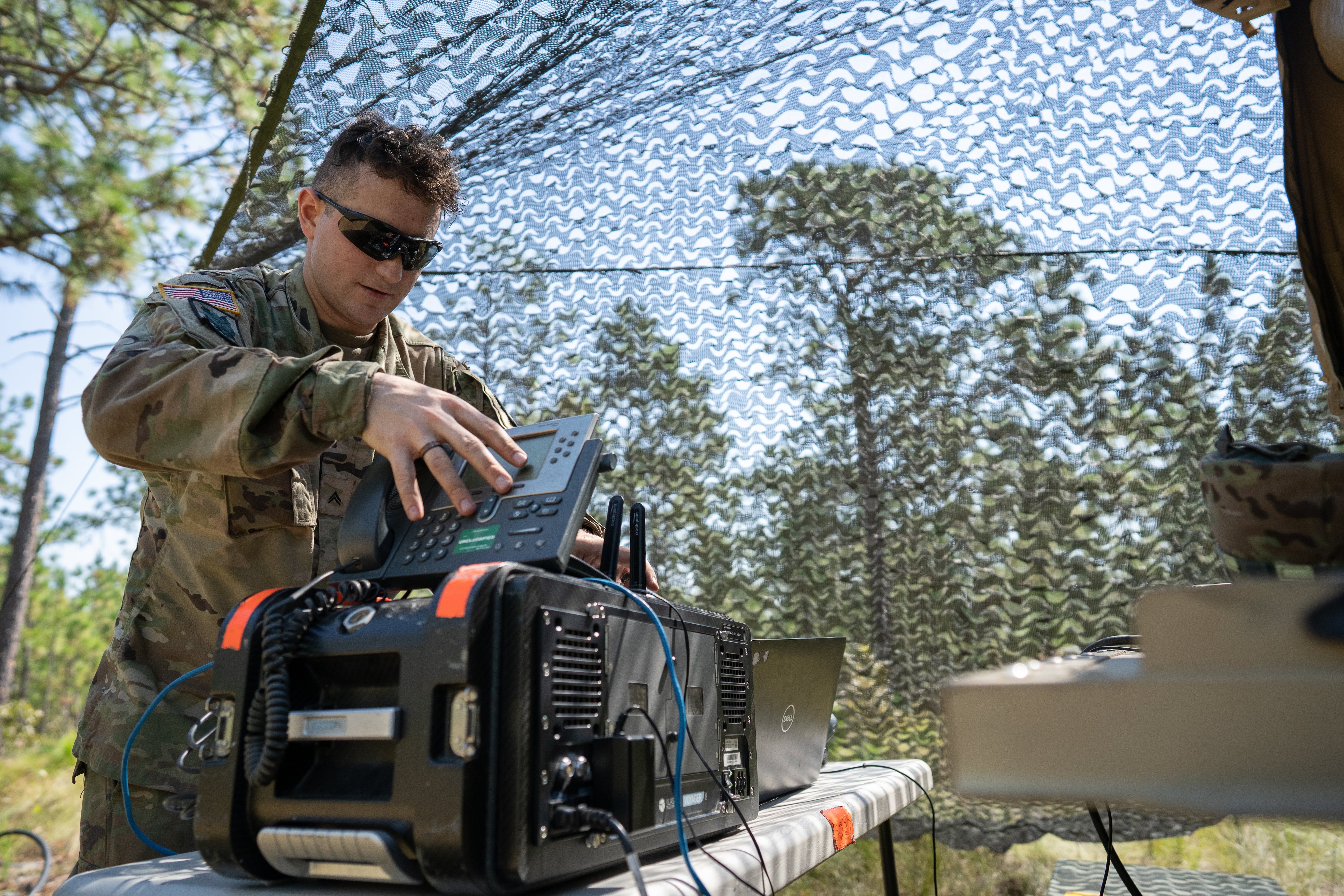
What AI can do is “accelerate the targeting space,” said Col. Joe O’Callaghan, the XVIII Airborne Corps Fire Support Officer.
Which means helping soldiers make better decisions faster.
“We fully understand that in any future conflict it’s going to be the best shooter for the target or the least worst-case shooter,” O’Callaghan said. “AI is allowing us to rapidly understand an environment and take advantage of it.”
The work being done by Scarlet Dragon is expected to feed into the larger Project Convergence effort by the Army, tying together all of these joint systems, shooters and sensors for a unified battlefield management system.
Undergirding much of the work are efforts that may go unseen during an event such as a large-scale live fire.
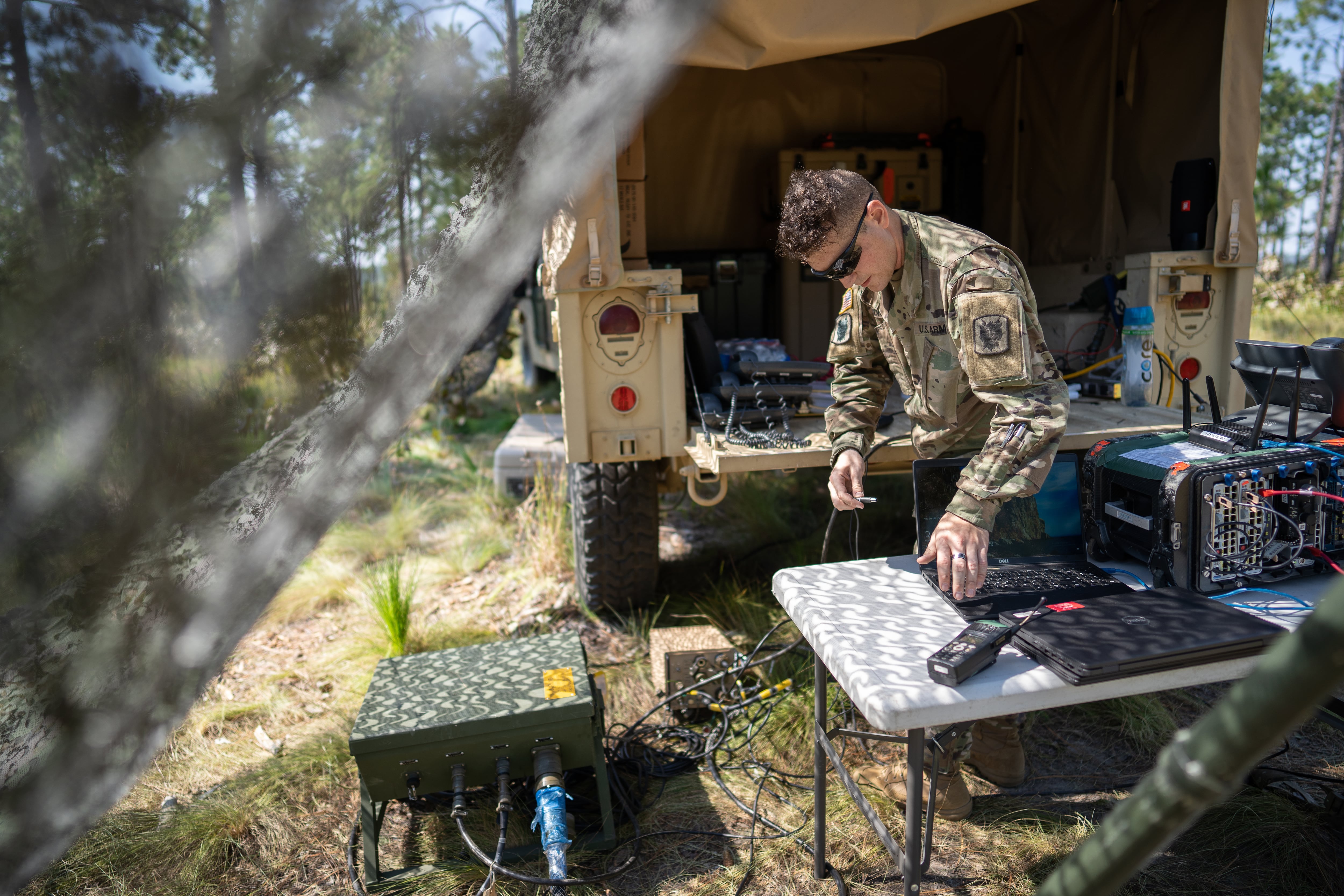
That’s creating data-literate soldiers who know not only how to run the machinery and execute code, but to understand the importance of data and how it shapes the fight.
Solsbury told Army Times that effort is Project Ridgeway and it is how the Corps is tackling that concern.
Ridgeway is targeting staff officers and NCOs to upgrade their data skills, in part through a six-week program with Joint Special Operations Command, she said.
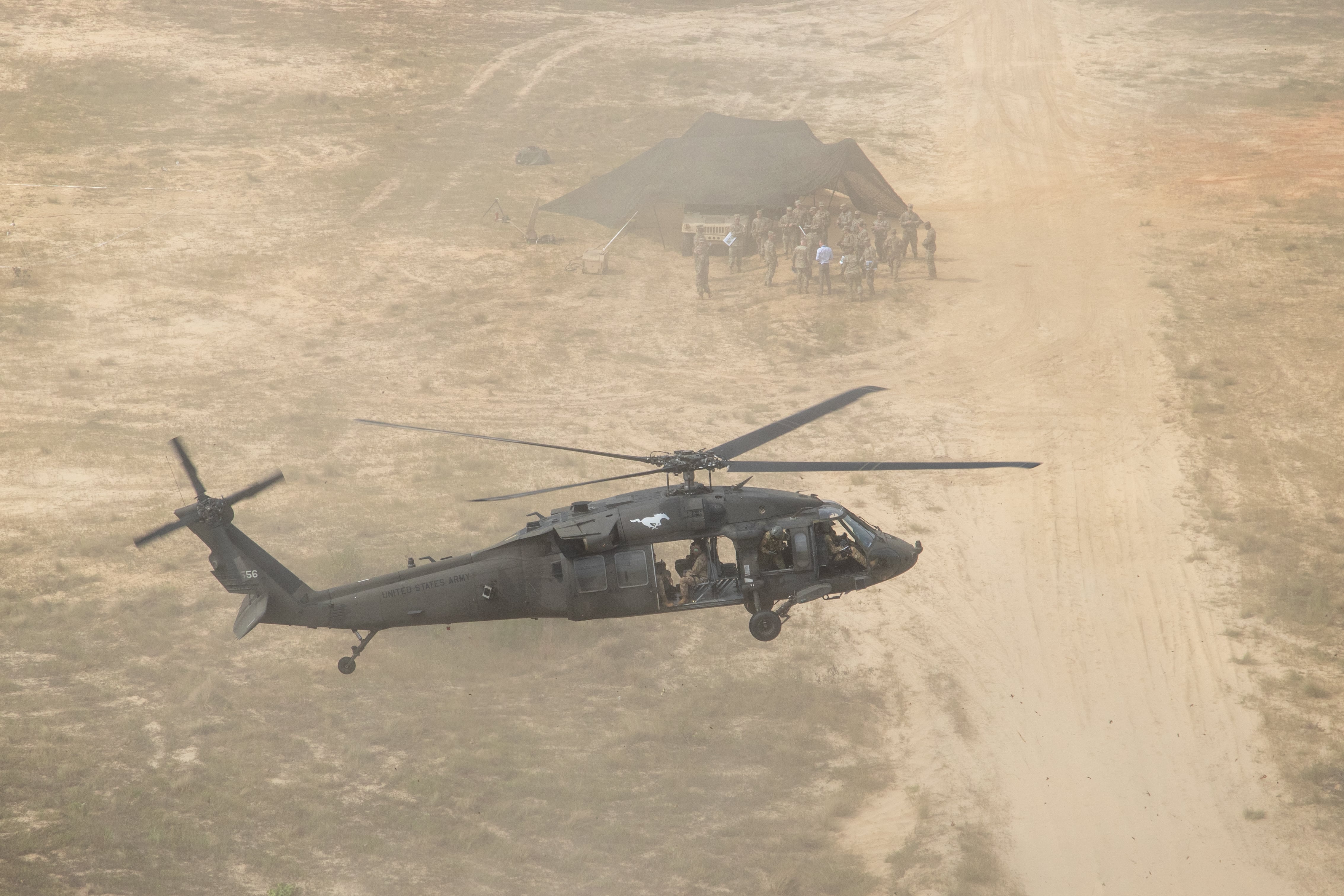
The main “data gatekeepers” in the formation are the brigade staff officers, she said.
“By that, I mean that they horde data and do not understand where and how to ensure their data contributes to a body (an aggregate) or insight,” she said. “Our staff officers do not appreciate the power in aggregating, consolidating, and harnessing data—they don’t value or view data as a strategic asset.”
Ridgeway is how officials hope to solve that problem.
Another part of Ridgeway is to help the XVIII Airborne Corps find practical ways to apply emerging technology as they figure out how best to put AI into the fight, she said.
The next live fire is scheduled for early 2022 and will focus on data-centric warfare, using all joing partners in all domains and achieving information advantage over adversaries, officials said.
Todd South has written about crime, courts, government and the military for multiple publications since 2004 and was named a 2014 Pulitzer finalist for a co-written project on witness intimidation. Todd is a Marine veteran of the Iraq War.





